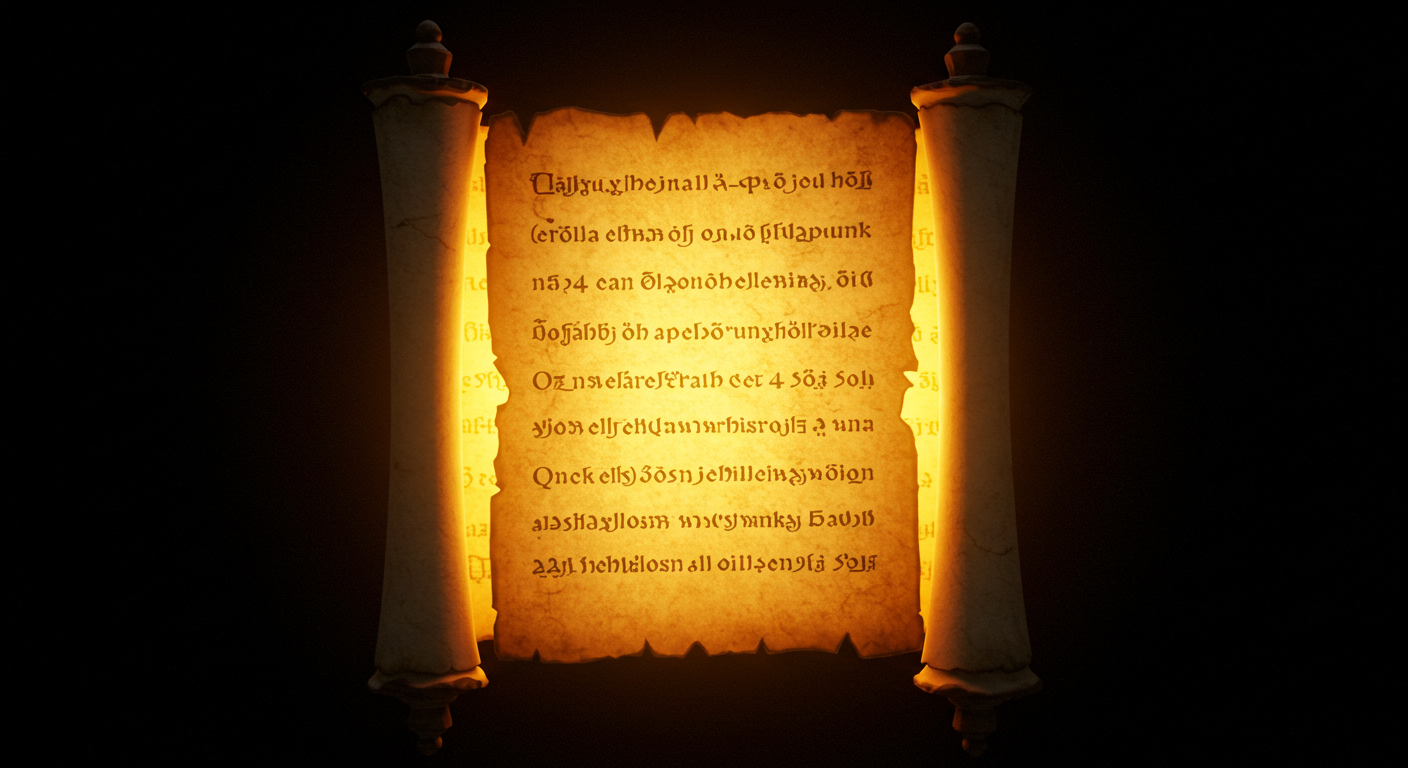Explore the spiritual battle of truth vs. deception in Revelation 13:5. Discover how the Beast and False Prophet challenge divine authority and echo modern struggles.
The Beast and the False Prophet: The Deception of Power — Revelation 13:5
Introduction: Setting the Scene
In the mysterious and compelling pages of Revelation, few chapters capture the imagination quite like chapter 13. Unpacking a vision cloaked in symbolism, this chapter introduces us to the enigmatic figures of the Beast and the False Prophet. The primary focus for our exploration is Revelation 13:5, where the Beast is granted a powerful voice to utter proud words and blasphemies against the divine.
Revelation 13:5 presents a confrontation between reviling authority and sacred truth. In a narrative woven with intricate symbols, these figures stand not merely as characters, but as representations of broader spiritual struggles and deceptions that believers encounter. Their presence in the vision speaks volumes about the nature of power—its lure, the deception it holds, and ultimately, how it contrasts with divine authority.
Why It Matters
Revelation’s vision holds profound importance for both early Christian communities facing persecution and contemporary believers navigating modern challenges. This narrative urges us to discern between divine truth and the falsehoods often shrouded in power. By contemplating this chapter, we gain insights into the perennial temptation to idolize human authority and the spiritual deception that accompanies it. Through understanding this text, believers are called to anchor their faith in what is eternal rather than succumb to ephemeral forces of coercion and allure.
Exploring the Vision in Depth
Summary of Key Symbols
The vision in Revelation 13 abounds with symbolic elements, each with a message lurking beneath its surface. Central to the scene is the Beast, emerging from the sea. This symbol conjures images of chaos and resistance against the divine order. Its many heads and horns suggest the multiplicity and complexity of challenges believers face, each head possibly representing a form of oppressive authority or regime. It isn’t just a singular force but a collective embodiment of political and spiritual malignancy.
Another figure in this vision is the False Prophet. Deceptive in its essence, the False Prophet acts as an ally to the Beast, seducing people through signs and wonders. This character stands as a personification of institutional falsehood, relying on spectacle over substance, encouraging society to exchange the truth of God for the lie of human grandeur.
Contextual Background
To fully appreciate the immensity of the Beast and the False Prophet’s significance, it’s crucial to delve into their historical and theological roots. The imagery here harkens back to Old Testament themes, where beasts often symbolized empires engulfed in tyranny against God’s people. The Beast’s blasphemies resonate with Daniel’s visions, reinforcing a historical continuity of theological conflict.
Within the theological scope of Revelation, the Beast and the False Prophet signify the tangible threat of false teachings and the coercive systems attempting to lead believers astray. The account of this vision ties into broader narratives of the spiritual war between God’s kingdom and earthly powers—a theme recurrent since the tales of Eden.
Interpretation
The chapter calls readers to unravel the symbolism to understand the spiritual truths it conveys. The Beast represents more than political tyranny; it is the embodiment of blasphemous arrogance challenging divine authority. The False Prophet, amplifying the Beast’s reach, showcases how human power can distort spirituality, ensuring allegiance to idols over the divine truth.
These symbols jointly challenge believers to discern truth from deception. Rather than succumbing to the spectacle of false power, Revelation insists on vigilance and faithfulness to God’s ultimate victory over evil. It reaffirms the message that while earthly powers may seem insurmountable, God’s sovereignty remains unchanged.

Relevance for Today’s Readers
Spiritual Insight
The stories within Revelation 13 deliver urgent spiritual insights for contemporary believers. In an era where power is often revered as absolute, this passage exhorts you to look beyond the allure of worldly authority. It’s a vivid reminder that true power resides not in control and blasphemy, but in faithfulness and truth. Trusting in God calls for discernment amidst deceit—a practice as crucial now as it was for early Christians.
Application in Daily Life
As modern believers, the narrative incites reflection on what forces shape your values and beliefs. Are you swayed by the captivating allure of power? Or do you stand firm in the transformative truth of your faith? By recognizing the deceptions that confront you, the vision encourages you to remain committed to righteousness and to challenge the false prophets in your own heart and culture.
Supporting Verses and Cross-References
For a robust exploration of these themes, consider engaging with Ephesians 6:12, which speaks of the spiritual struggle against principalities and powers, echoing the cosmic battle illustrated in Revelation. This cross-reference highlights the magnitude of spiritual warfare beyond the physical realm, reinforcing the vision’s call for spiritual vigilance.
Conclusion: Reflection on the Vision’s Message
Summarize Key Takeaways
Revelation 13 offers a compelling commentary on the spiritual deception of power. The vision’s stark imagery draws attention to the perennial conflict between truth and falsehood, faith and blasphemy. By addressing the profound impulse to idolize human authority, this passage seeks to ground you in the assurance that, despite appearances, God’s power will prevail.
Encourage Further Reflection
As you navigate life’s myriad challenges, consider how this vision’s symbolism resonates in your journey. Are there forces attempting to lead you astray with illusions of grandeur? Reflect on other scriptural narratives that underscore the triumph of divine truth over deception and seek wisdom in times of spiritual conflict.
Call to Faith
May this exploration of Revelation encourage you to stand resilient in the firm knowledge of God’s sovereign power. Let the vision of the Beast and the False Prophet be a reminder to fix your gaze on the truth, ensuring that your faith rests not on the transient but on the eternal.
Revelation 21:4 provides a poignant closing note, offering hope in the promise that God will wipe every tear and overcome the deceptions of this world.







